PROTECT YOUR DNA WITH QUANTUM TECHNOLOGY
Orgo-Life the new way to the future Advertising by AdpathwayOctober in the kitchen garden can mean balmy days and chilly nights, calling on crops to handle fluctuating conditions. Many gardeners have the first frost date fast approaching this month, where we rely on frost-hardy and cold-tolerant crops that sweeten with a nip. In warm and frost-free climates, cool-season favorites grow over the winter.
Kitchen gardens provide opportunities not only for accessible crops but also for pollinator resources and companion plantings. From container gardens to homesteads and everything in between, kitchen gardens are what we make them. The potager is where vegetables, herbs, fruits, and flowers grow together. While fall and winter may be quieter in the edible landscape, there are still crops that produce.
Use your first frost date and growing zone as a guide in timing crops. In cold climates, row covers and cold frames extend the season. Whether growing in the ground or in raised beds, they insulate roots and upper growth while allowing sunlight and moisture to penetrate. Open or remove the protection on warm days for circulation and natural exposure.
In keeping with the casual and pretty style of the potager, incorporate perennials and structural plants like evergreens for multi-season appeal and to unify the garden. Grow what you enjoy, and situate favorites nearest the house for easy picking. Enjoy the nutrient-rich harvest from the kitchen garden in October for yields beyond frost.
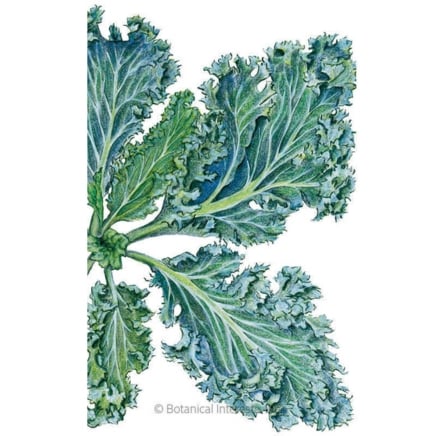
Dwarf Blue Curled Kale Seeds
Italian Red of Florence Onion
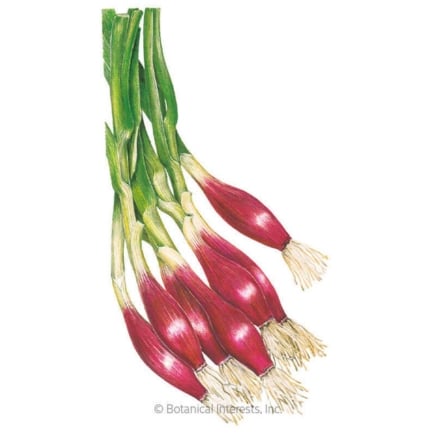
Italian Red of Florence Bunching Onion Seeds
Marvel of Four Seasons Lettuce

Marvel of Four Seasons Butterhead Lettuce
Radish
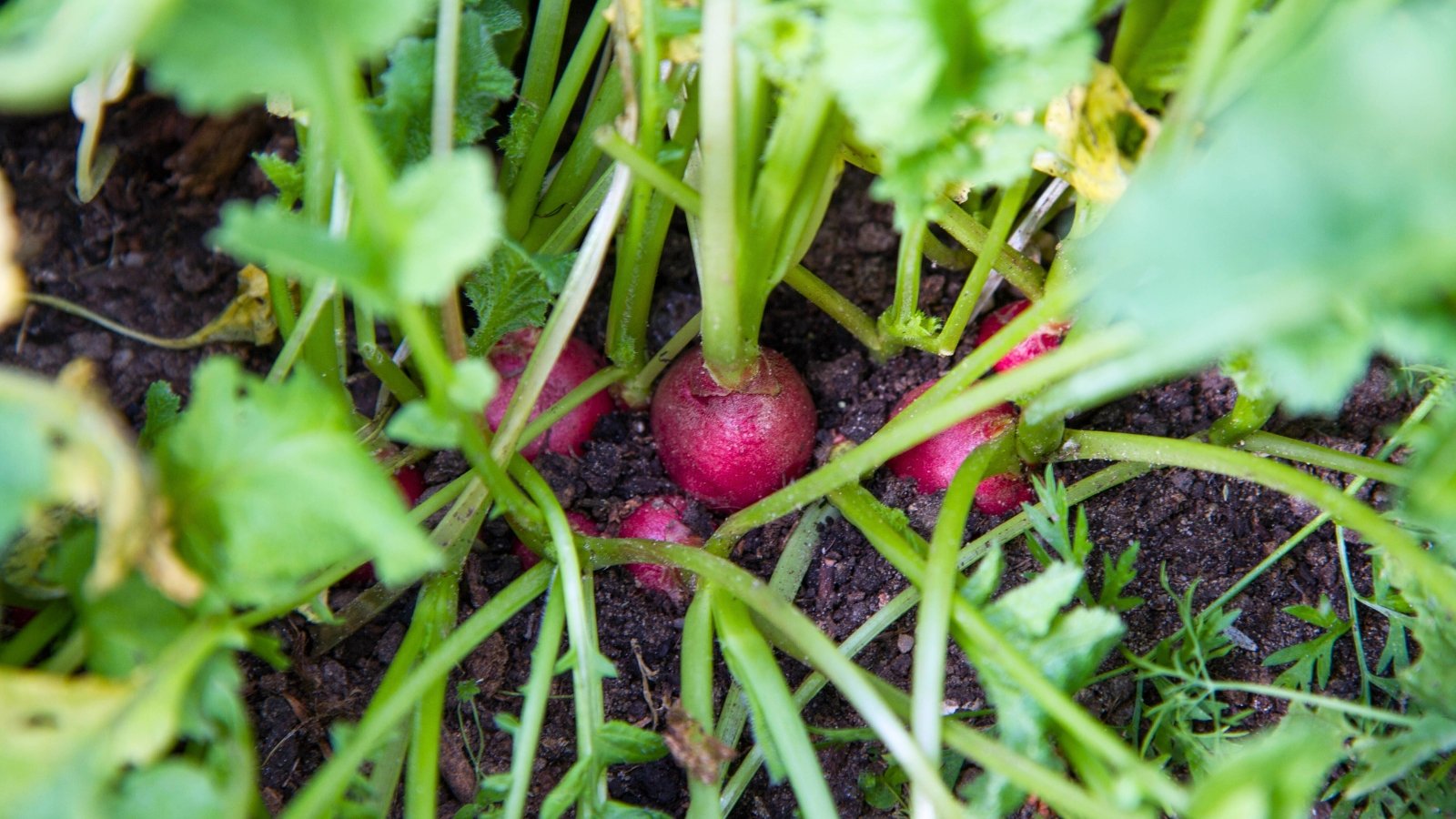 Bright little roots pop up fast.
Bright little roots pop up fast.Radishes are fast-growing for a quick turnaround in the October kitchen garden. The crisp, crunchy, and colorful little root vegetables are ready in as little as 30 days.
Pair radishes with carrots by scattering both in the same patch or raised bed. The swift radishes will develop quickly for harvesting, while the carrots continue to develop. The radishes serve to aerate the soil for their fellow root vegetables.
‘Easter Egg Blend’ brings globes in red, white, pink, and purple, and they are colorful on the plate. ‘Cherry Belle’, a Holland heirloom and All-America Selections award winner, is a classic bright red salad radish. With easy growth and exceptional crunch, they’re a gardener and chef’s favorite.
Harvest them early at one inch in diameter. Sow seeds up until several weeks before the average first frost or use a row cover for a longer growing season. In mild climates, grow radishes in fall and winter as long as soil temperatures remain above 40℉.
Thyme
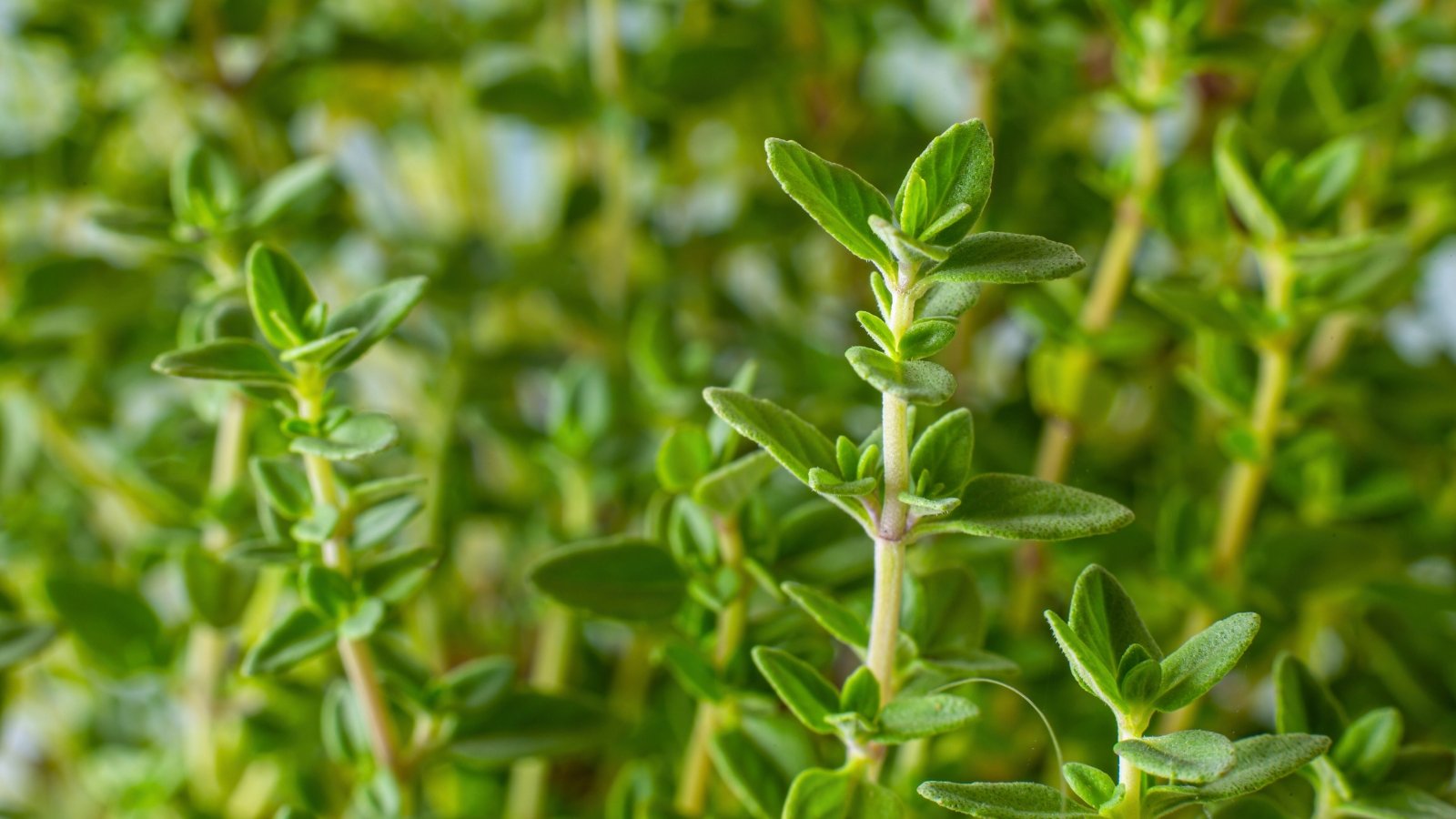 This cold-hardy herb thrives with good winter drainage.
This cold-hardy herb thrives with good winter drainage.Since no kitchen garden would be complete without savory herbs, consider planting thyme in October. Allow several weeks for roots to establish before frost.
Thyme is a cold-hardy perennial herb and staple in autumnal cuisine. In addition to common thyme are lemon, orange, and nutmeg, with unique aromatic and flavor notes. Thyme is versatile in its culinary and ornamental uses, fitting into small spaces as a carefree and tough herb.
In winter, ensure good soil drainage, provide mulch, and protect against winter winds. For additional protection in frigid conditions, cover plants with a layer of evergreen boughs for added insulation. Once established, thyme is drought-tolerant. It spreads vigorously in optimal conditions, so trim to keep it in check or limit it to containers.
Kale
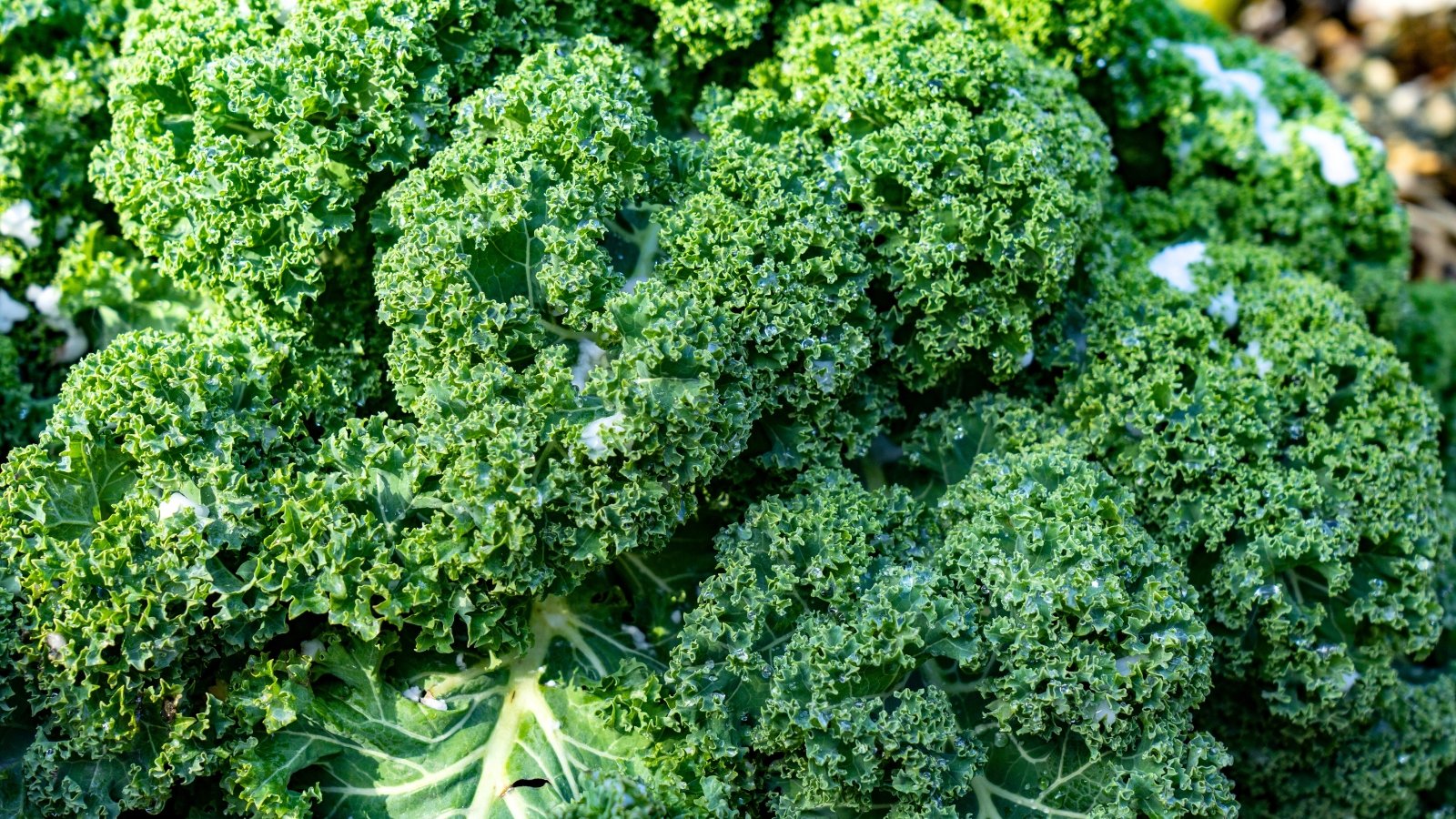 Leaves sweeten after frost for better flavor.
Leaves sweeten after frost for better flavor.Kale is one of the top-performing leafy greens to enjoy in the October kitchen garden. Kale is nutrient-dense and versatile in cuisine, from fresh eating in salads and wraps to cooking in stir-fries and stews. The large, textural, and colorful leaves add interest in a pot and the vegetable bed.
Leaves may be curly, feathery, or leathery, in deep green, blue, and purple. Pick leaves when they’re young as tender baby greens for fast rewards. The flavor sweetens after frost as starches convert to sugars.
‘Red Russian’ is a showy variety with mint-green leaves that contrast with reddish-purple stems and midribs. The 1885 heirloom is cold-hardy and quick to mature, with young leaves in just over 20 days and full plants in less than two months from seed.
‘Dwarf Blue Curled’ is an attractive 1800s heirloom with exceptional cold hardiness. It also withstands some heat in the summer-to-fall transition. Ruffly, frilly leaves are smaller and ready to harvest quickly, as early as 21 days (with 55 to mature size).
‘Redbor’ is a statuesque kale variety that’s as ornamental as it is tasty. Upright stems hold tightly curled purple-red leaves, making it a focal point in containers and bed arrangements. The crinkled leaves transition from dusky blue-green to burgundy and plum in cool autumn temperatures. ‘Redbor’ is mild and sweetens as the color intensifies in cold weather.
Lettuce
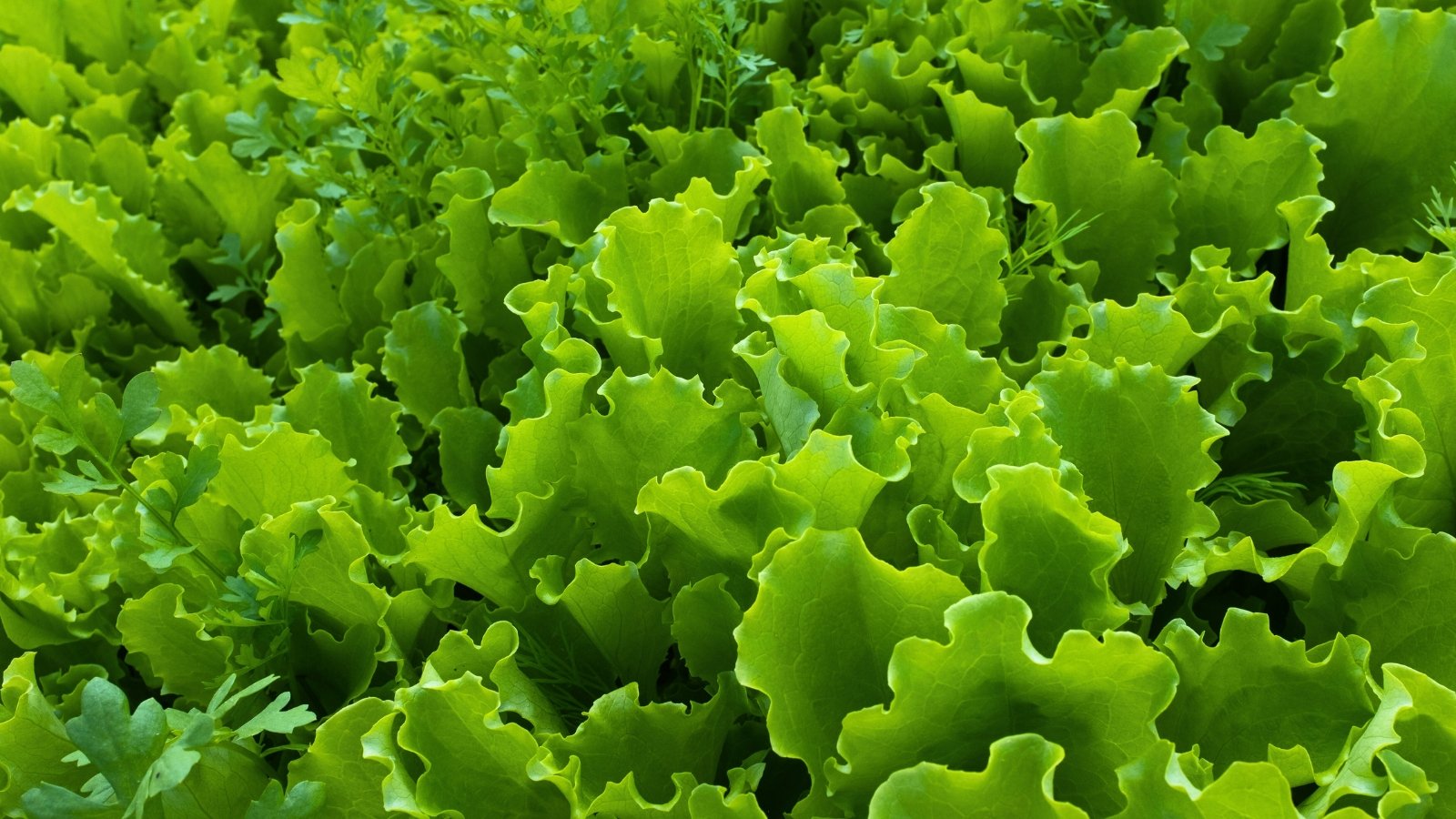 Harvest young leaves for tender, steady salads.
Harvest young leaves for tender, steady salads.Lettuce relishes fall’s cool weather and is quick to produce. Sow seeds in pots, beds, or even on the kitchen counter for leafy yields.
‘Marvel of Four Seasons’ is a durable butterhead lettuce with large, crinkled leaves and a delicate buttery flavor. Leaves start light green and develop deep red-purple edges. The French heirloom holds its rich red leaves in a loose rosette.
For easy salad bowl greens, mesclun blend offers complementary lettuces with diverse flavors and textures. The young lettuces of ‘Black Seeded Simpson,’ ‘Buttercrunch,’ and ‘Red Oak Leaf,’ among others, spring up quickly with diverse textures and flavors for ready picking.
Harvest new leaves at four to six inches tall for tender, flavorful qualities. Sow multiple rounds of seeds for a continual supply up until two weeks before frost.
Collards
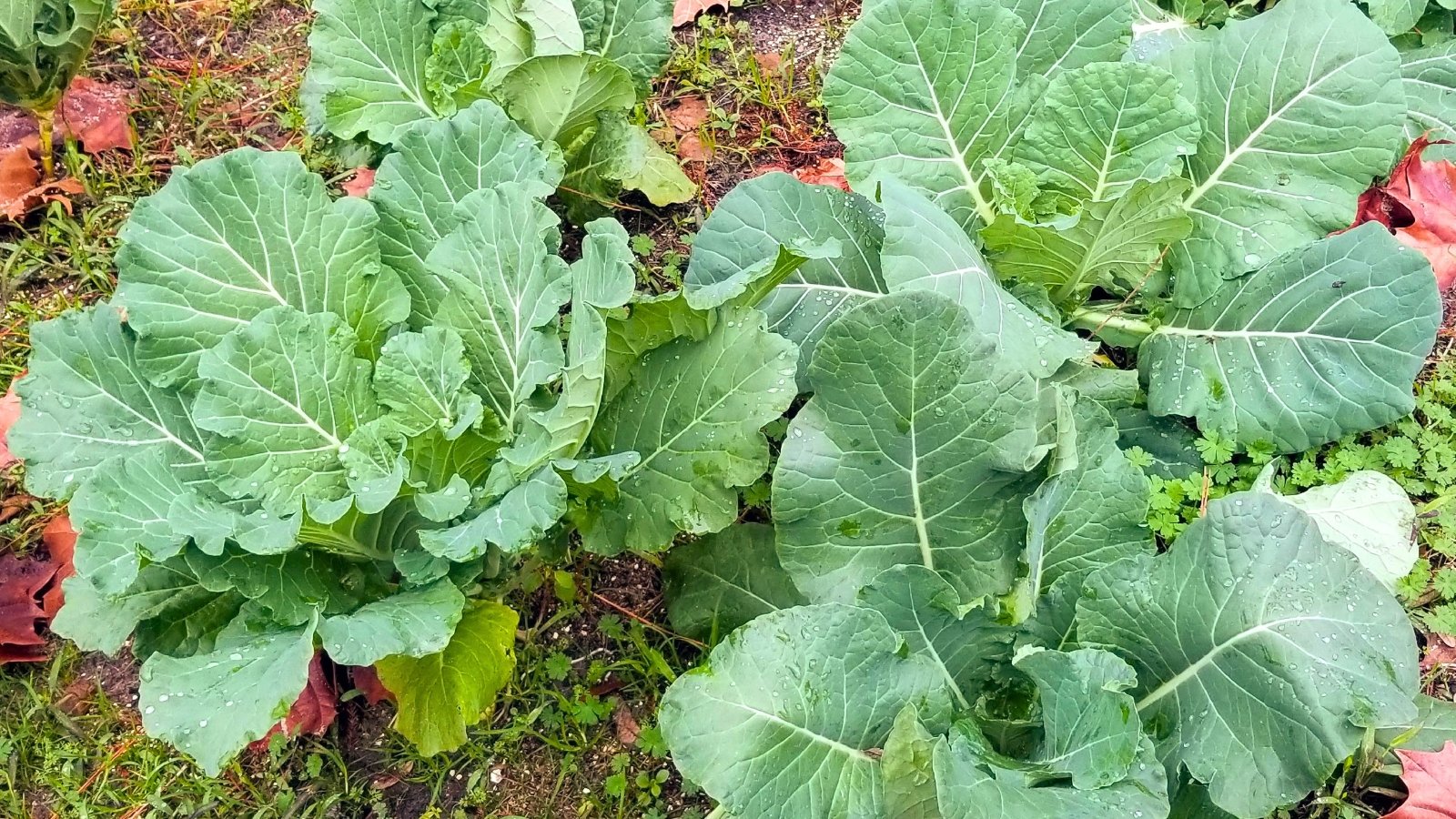 Continual harvests provide fresh leaves all season long.
Continual harvests provide fresh leaves all season long.Collards and their big, frost-tolerant leaves grow well across regions, well beyond the American South. They’re among the most heat and cold-tolerant of the Brassicas, and they endure seasonal fluctuations.
Collards overwinter in climates where temperatures don’t drop below about 20°F (-7°C). They also grow well in containers, and sheltering them in a cool space like a garage or basement (in pots or bare root) protects them over the winter. Bring them out in spring after the last frost passes.
‘Georgia Southern’ is an 1800s heirloom with large blue-green leaves ideal for steaming, simmering, or even enjoying fresh. Like kale, the young leaves are mellow and hearty in salads. ‘Georgia Southern’ suits different growing zones. Leaves fully mature in 50 to 80 days and are sweetest and most tender after frost. ‘Georgia Southern’ grows in sandy and poor soils where other cabbages may not.
‘Top Bunch 2.0’ collards bring smaller leaves for earlier maturing and a productive, continual yield with fast regrowth after harvesting. Lightly savoyed leaves in soft blue-green show texture and lighter veining. ‘Top Bunch’ is frost-tolerant but also resists bolting in warmer, southern climates. It develops fully in 70 days.
Swiss Chard
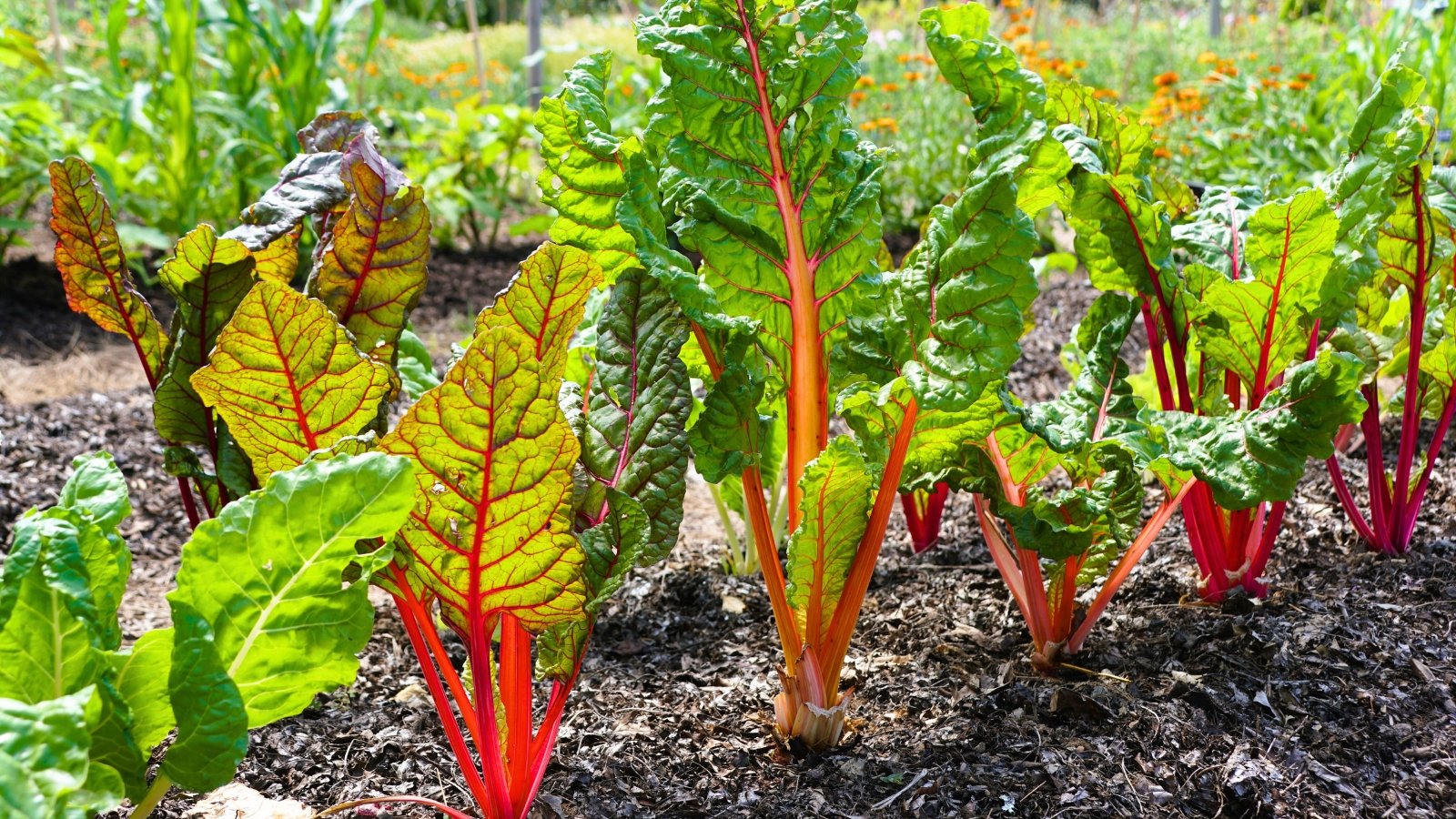 Colorful stems brighten beds and grow into winter.
Colorful stems brighten beds and grow into winter.Swiss chard is an ornamental with tender, easy-to-use, textural leaves and a mild flavor. It brightens the October kitchen garden with colorful stems and lush foliage. Young leaves are ready to pick in as little as 20 days, and mature in around 60.
Varieties like ‘Bright Lights’ and ‘Peppermint’ feature brightly colored stems against deep green or purple leaves. ‘Celebration’ brings bold, multicolored stems and fresh, green foliage. Pair Swiss chard with violas, calendula, nasturtium, and snapdragons for a pretty, edible arrangement.
Swiss chard grows through winter with a fall sowing in mild climates. It tolerates frost but does best with harvesting before a heavy freeze.
Lemon Balm
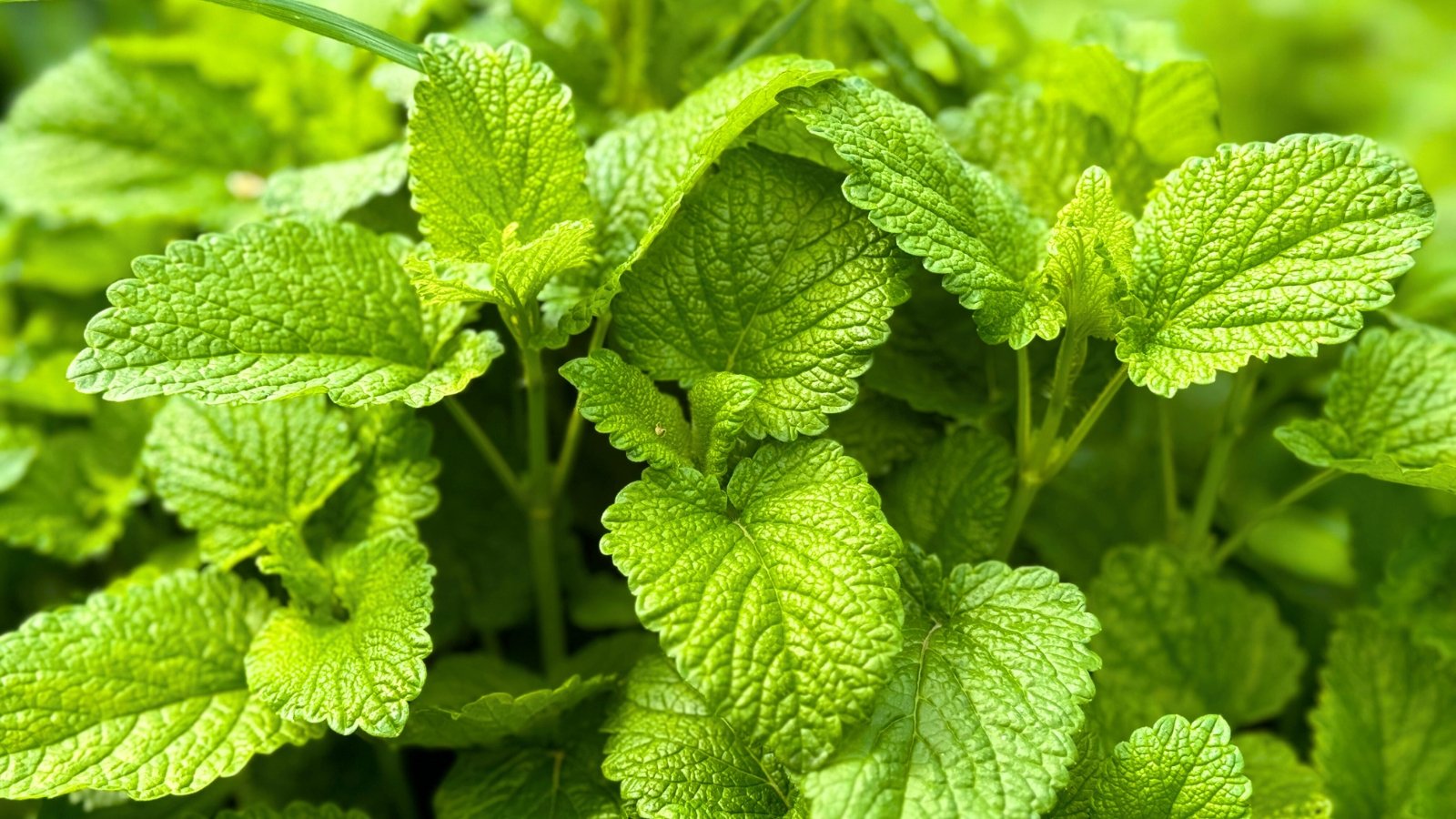 Fragrant leaves spread fast and are best kept in check.
Fragrant leaves spread fast and are best kept in check.In the spirit of the well-rounded kitchen garden, adding a burst of lemony fragrance with the perennial herb lemon balm enlivens the cool season. Transplant nursery starts at least four weeks before the first anticipated frost, and provide mulch as winter insulation. Or, direct sow seeds this month for germination in spring.
For seeding, wait until after the first frost so seeds remain dormant over the winter. With early germination in fall, seedlings face winter kill in cold climates.
Lemon balm has aromatic leaves for soothing herbal teas and flavor in soups and sauces. Fresh new leaves are the most aromatic and flavorful. The low-growing, mounding plants are dense and produce small bloom spikes in summer and fall.
Lemon balm spreads easily and at times aggressively. Trim and deadhead to keep plants in check and promote a fresh flush of leaves. Lemon balm grows well in containers and raised beds, which keep it from escaping the October kitchen garden.
Arugula
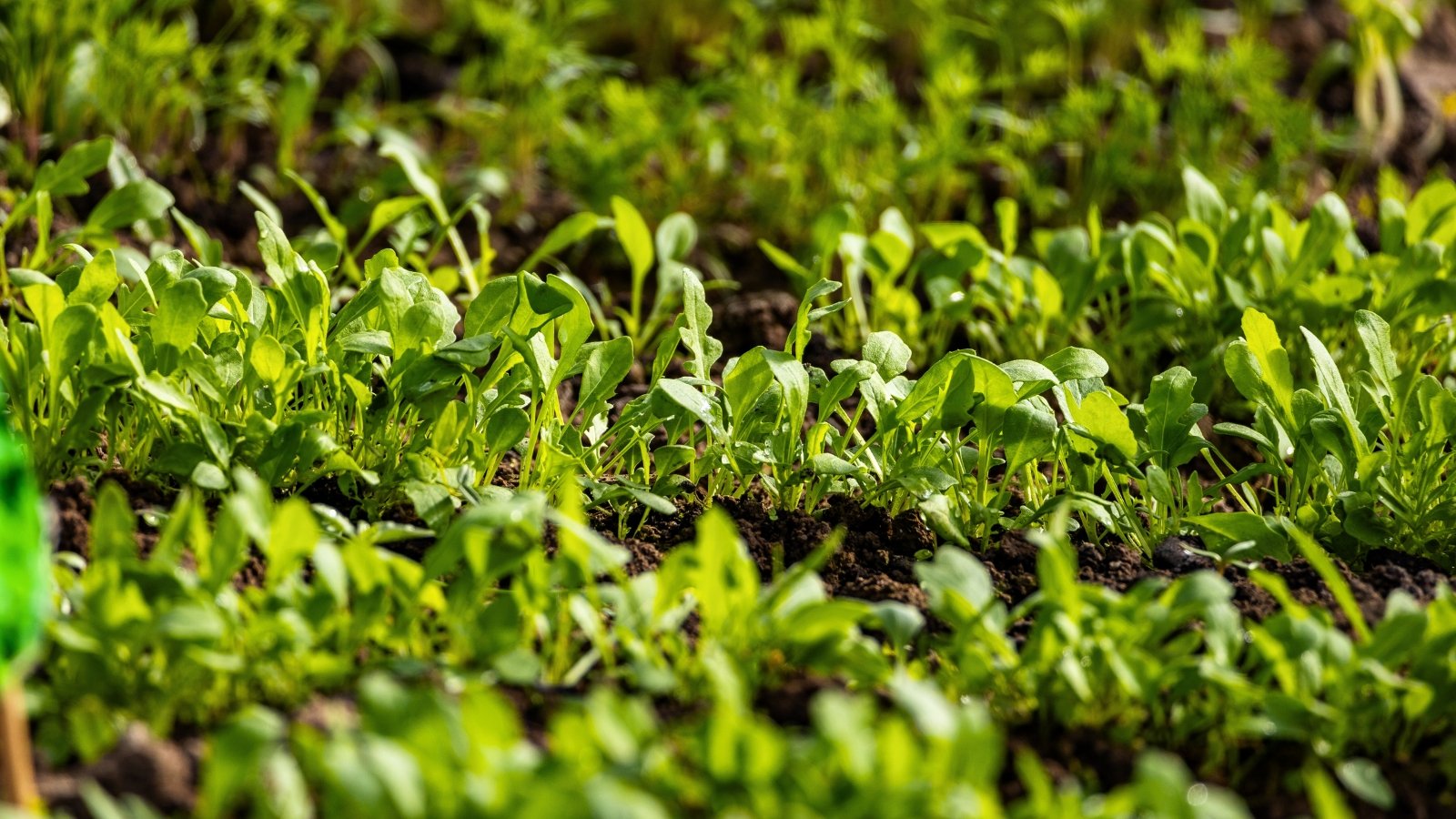 Slightly lobed leaves make any meal more exciting.
Slightly lobed leaves make any meal more exciting.Arugula adds spice to our leafy green lineup for the October kitchen garden. It contains iron and calcium as well as vitamins and antioxidants. Rocket arugula is an Italian heirloom with a robust peppery flavor and red tinges highlighting the veins of young leaves. Dark green and slightly lobed, fresh leaves are ready to pick in as little as 20 days.
Sow frost-tolerant arugula up until four weeks before fall’s first expected frost. In mild climates, sow in fall as a cool-season crop. Pick new leaves at two to four inches for tenderness and peak flavor.
Bunching Onions
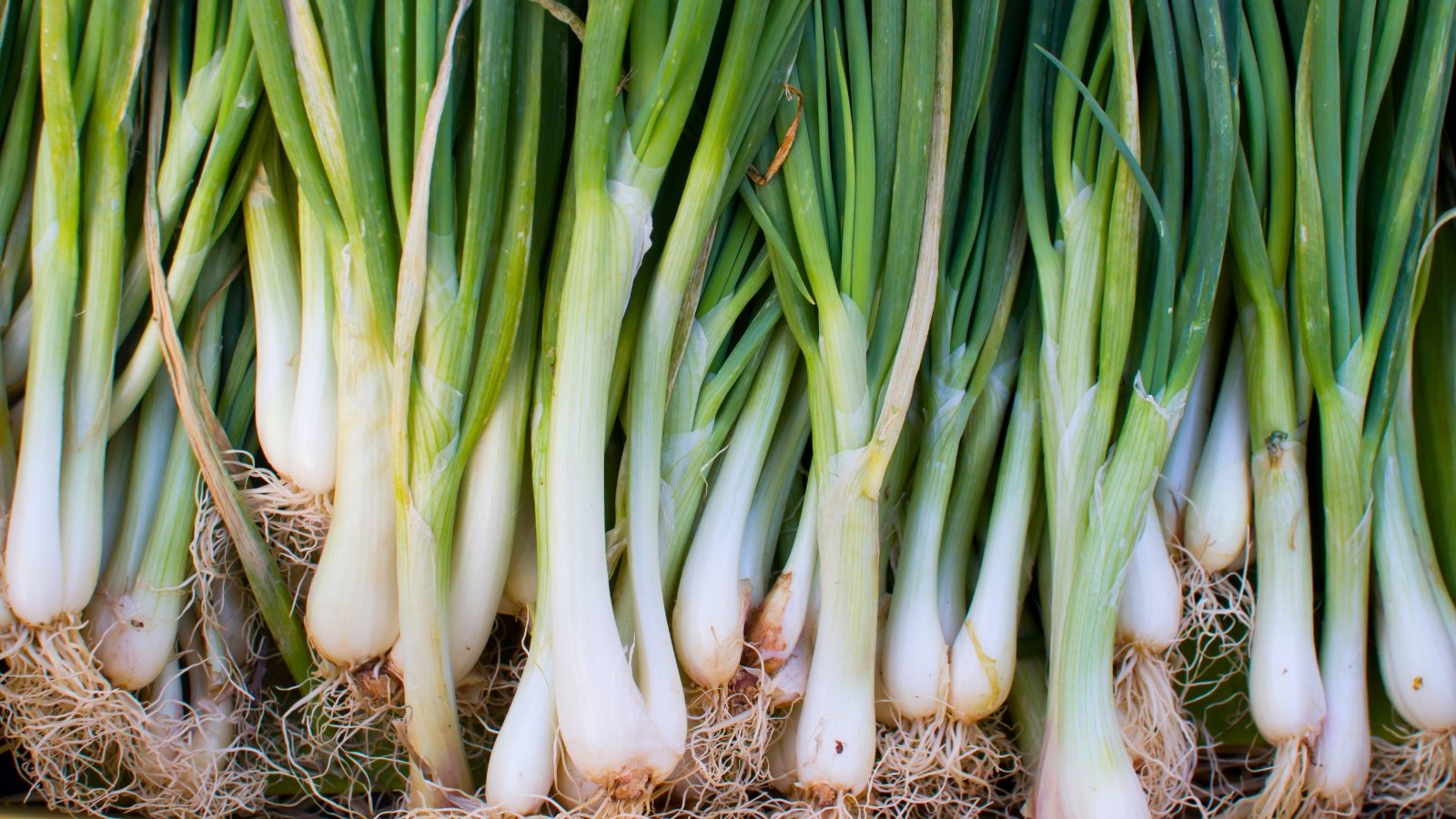 Long stalks grow fast and stay flavorful and fresh.
Long stalks grow fast and stay flavorful and fresh.Bunching onions are also called scallions, spring onions, and green onions. They’re an easy-to-grow favorite with versatility, fresh or cooked.
They germinate best in 60-85℉ soils and grow all summer in moderate climates, but in warmer growing zones, they do well with a fall planting for a winter or spring yield. Scallions mature in about 60 to 65 days from sowing.
‘White Lisbon’ is a 1700s heirloom that grows across a range of conditions with good heat and cold tolerance. ‘Tokyo Long’ has a mild, sweet flavor and long, slender stalks. Disease-resistant, heat-, and frost-tolerant, the tender bunching onions take about 65 days from sowing to harvest.
‘Italian Red of Florence’ is a rare Italian heirloom with deep red stems. It offers a beautiful, flavorful contrast in salads, as a garnish, and in antipasti.
Carrots
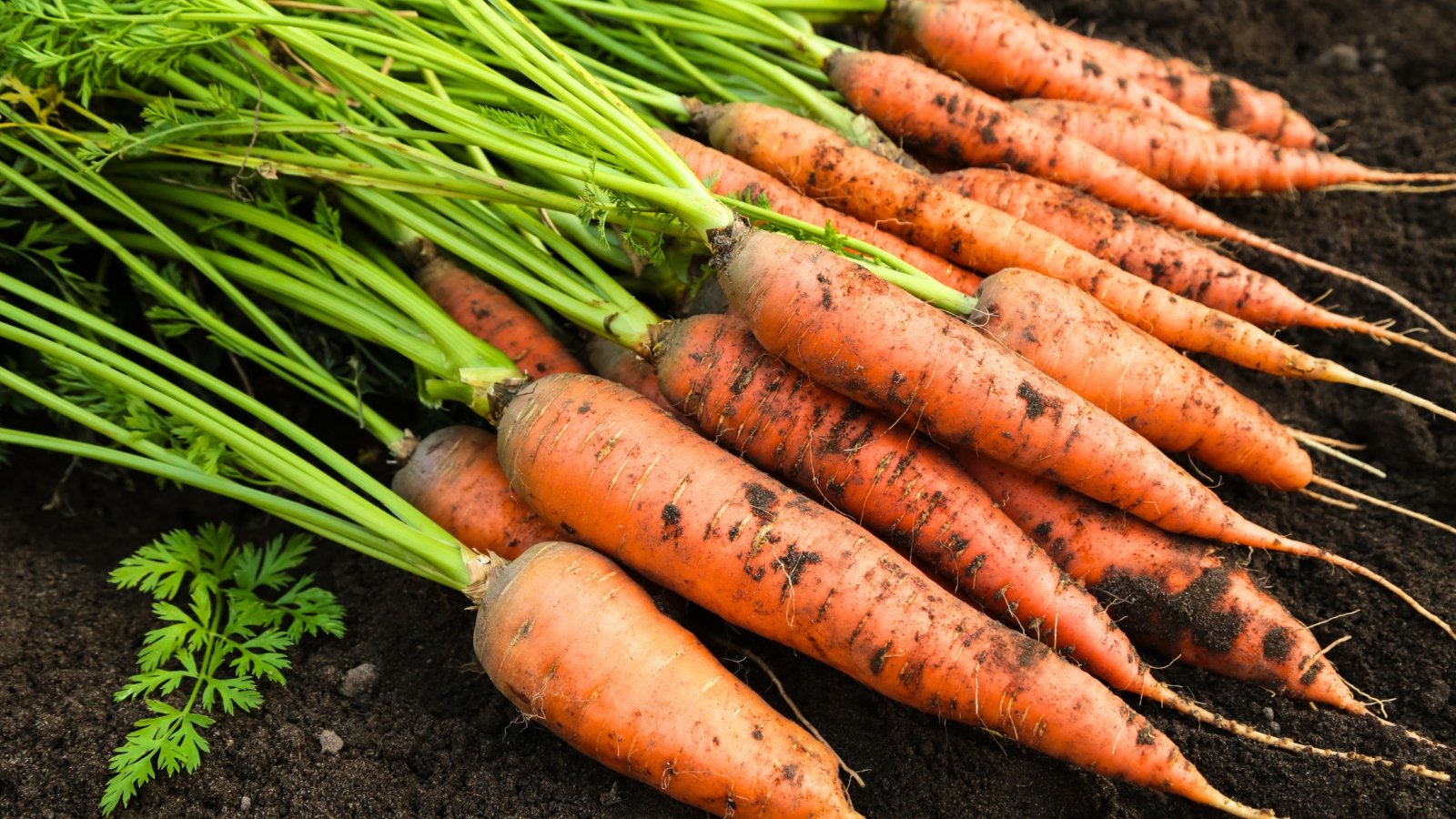 Cool-season roots thrive in fall beds.
Cool-season roots thrive in fall beds.In mild climates, there’s time to tuck in carrots this month (cold climates need about 10 weeks before the first frost for production). They prefer fall’s cool temperatures while withstanding heat in the early turn of the season.
Carrots perform well in raised beds, pots, or a patch with companion plantings. Look to ‘Little Finger’ as a true miniature variety at three to four inches long, perfect for the October kitchen garden. The uniform roots are cylindrical with blunt ends. It matures slightly earlier than larger varieties, in about 57 days.
‘Shin Kuroda’ is a Japanese variety with sturdy, heat-tolerant roots and superior sweetness. The red-orange taproots are a stout five inches long. ‘Shin Kuroda’ is reliable even in dense soils and develops in 75 days.
Echinacea
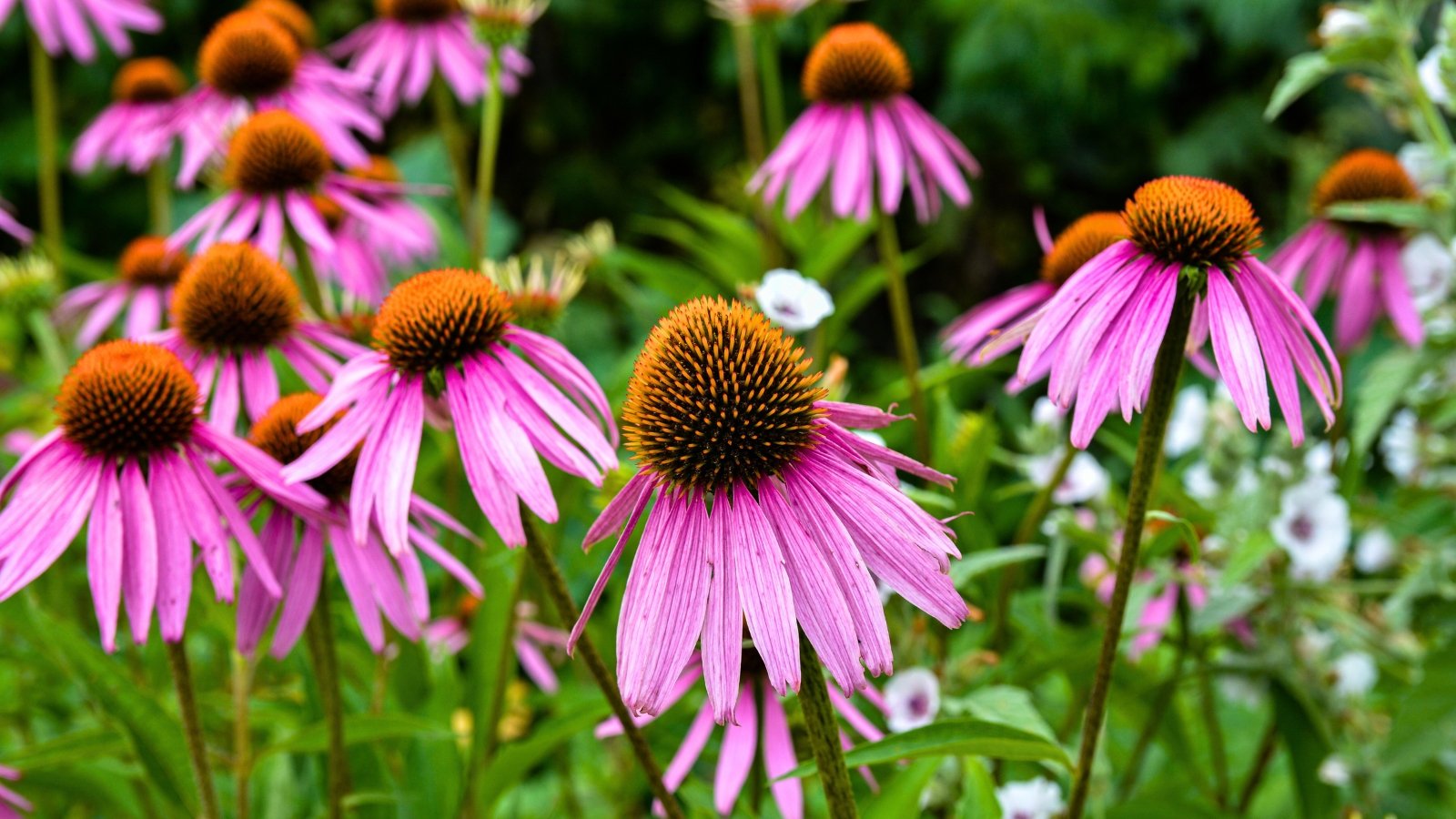 Self-seeds easily and feeds birds through winter.
Self-seeds easily and feeds birds through winter.No October kitchen garden is complete without flowering perennials to build diversity, draw pollinators and beneficial insects, and support songbirds.
Echinacea, or purple coneflower, is a North American native wildflower with edible petals, medicinal properties, and ornamental value. Purple ray petals surround orange disc florets, which provide valuable nectar for beneficial insects.
Echinacea is easy to plant in October, even with direct sowing. After frost, scatter seeds in a prepped bed, like the perimeter of the garden. Seeds overwinter and receive the necessary cold stratification they need to germinate.
When coneflower finishes flowering in late summer, let the carefree perennial go to seed. The prominent seed heads provide forage for birds and extend winter interest. Seeds that drop reseed to join the next bloom season.
Garlic
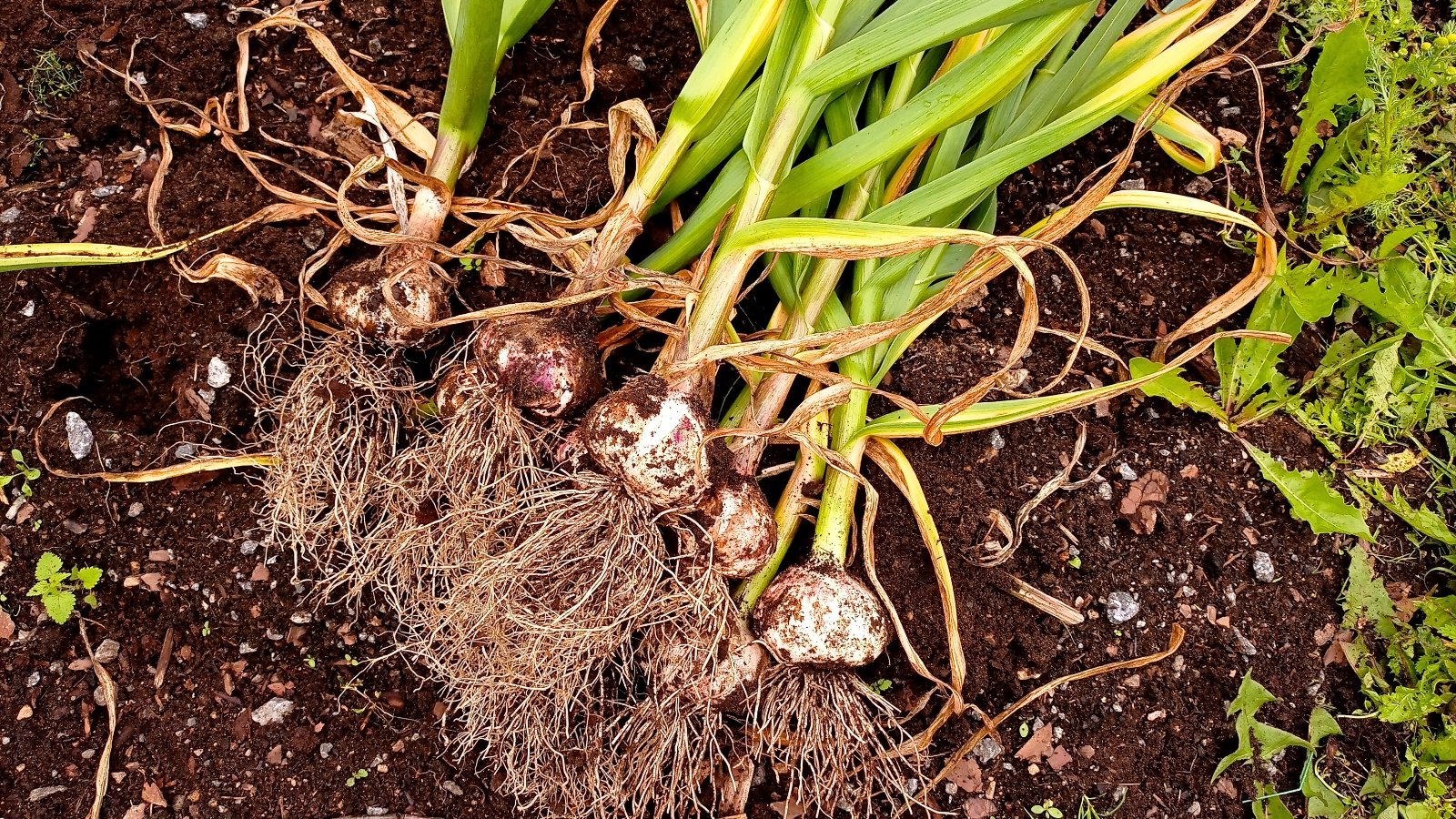 Plant in fall for a low-care spring harvest.
Plant in fall for a low-care spring harvest.October is prime garlic planting time for most growing zones. The easy-to-grow (and plant) bulbs need little maintenance as they develop for a spring harvest.
Source quality seed garlic that’s either hardneck or softneck, depending on your climate. Hardnecks, robust in true garlic fashion, require a chill period and grow best in cold climates. Softneck varieties are generally smaller bulbs that work well across both cold and hot climates.
‘Nootka Rose’ features pink-tipped cloves that adapt to a wide range of climates with few problems. ‘Silver White’ is a mild classic with nearly one hundred years of cultivation. It, too, adapts to varying conditions and temperatures. ‘German White Stiffneck’ is a high-yielding hardneck with big, silvery white bulbs and easy-to-peel cloves.
Salad Turnips
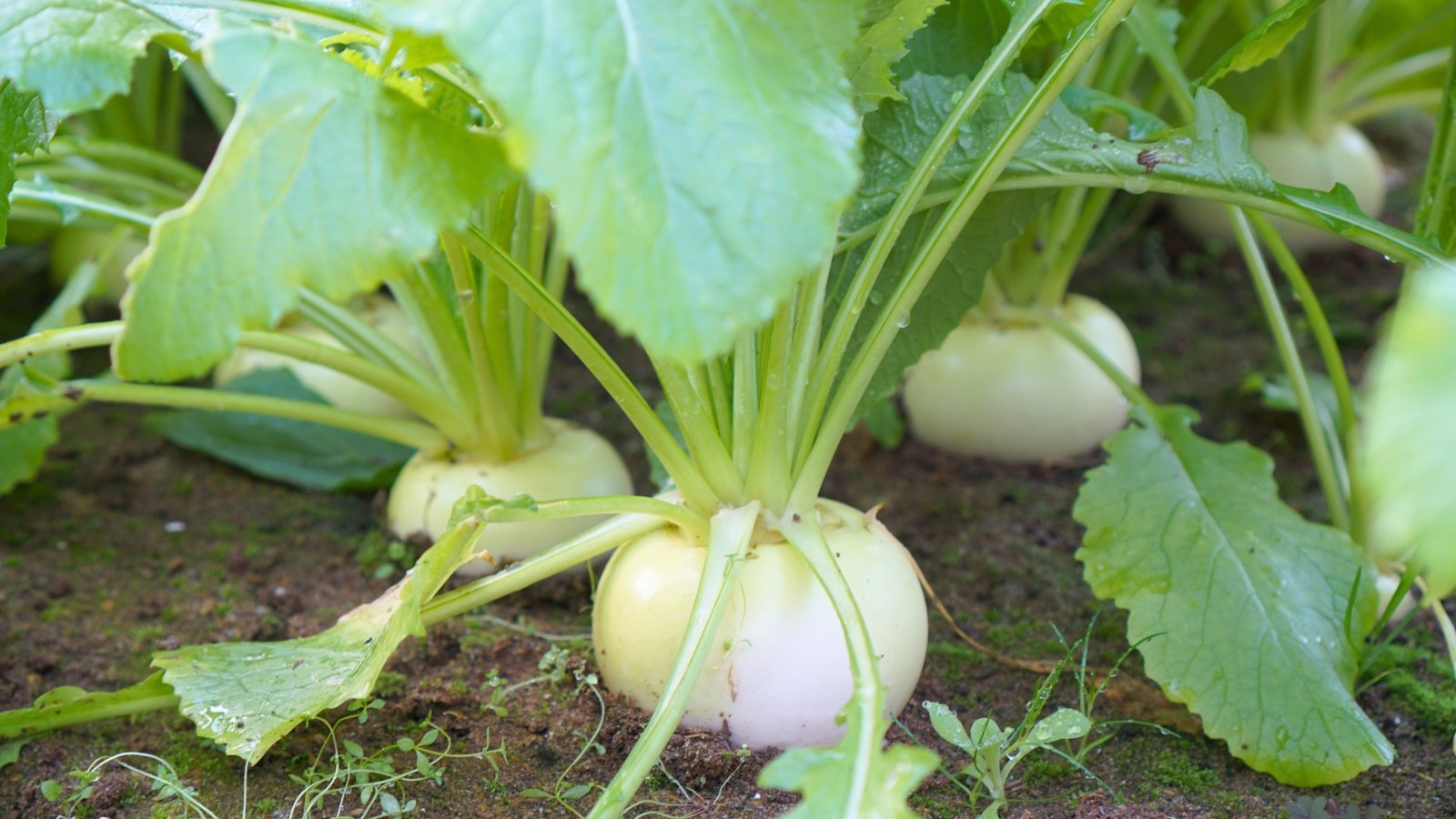 Pick young for crisp, sweet, tender roots.
Pick young for crisp, sweet, tender roots.Salad turnips are ideal for enjoying raw or sauteed. The adaptable roots grow well in the ground, containers, and raised beds, and make good companions to beets in the October kitchen garden.
‘White Lady’ turnips are Japanese baby salad turnips with smooth white skins. Pick them early for two-inch roots that are ready in 30 to 40 days.
Mild climates can sow turnips in the fall, while cold areas need more of a head start for production before freezing soils. The root vegetables tolerate light frost.


 3 days ago
4
3 days ago
4
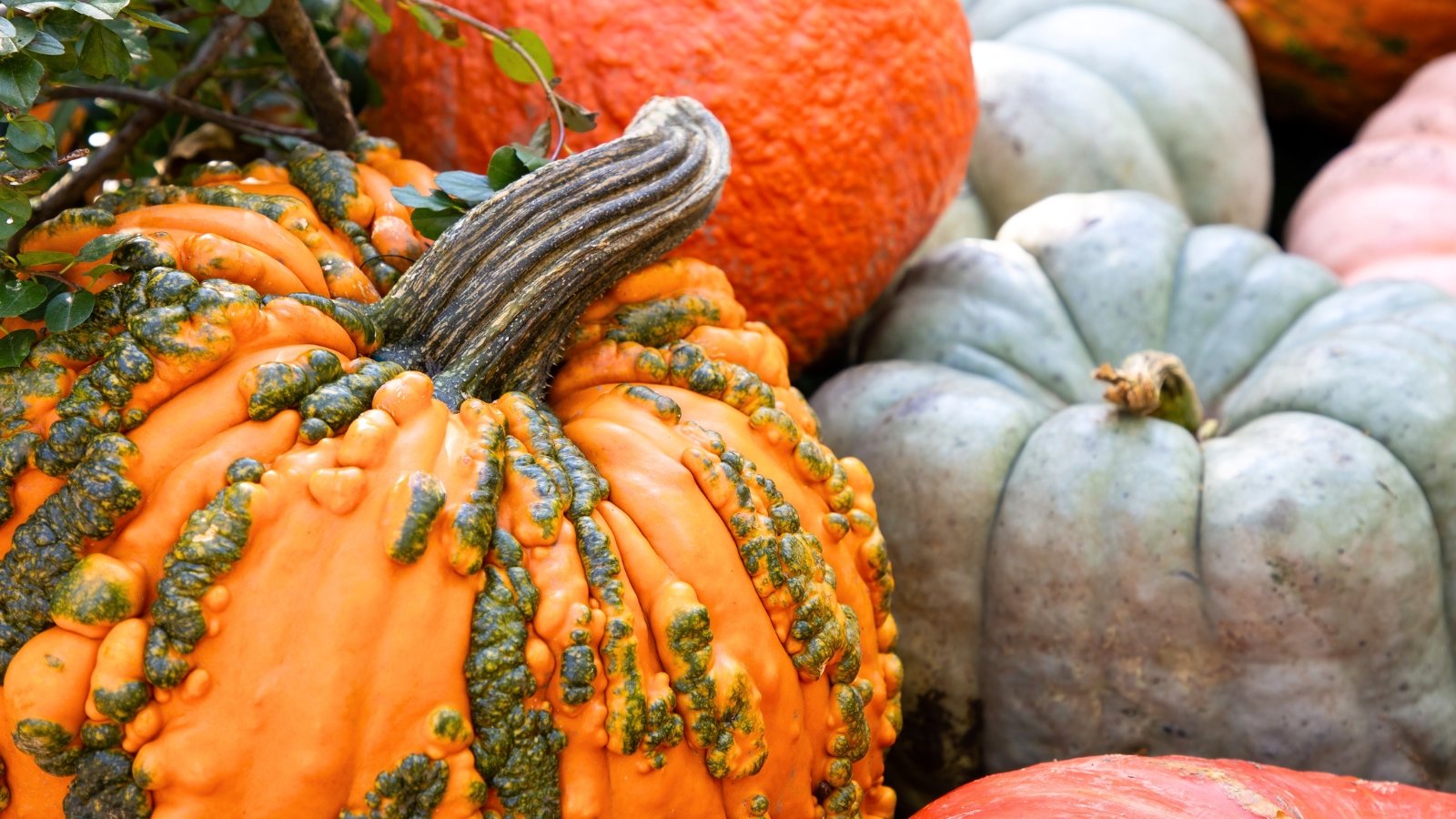
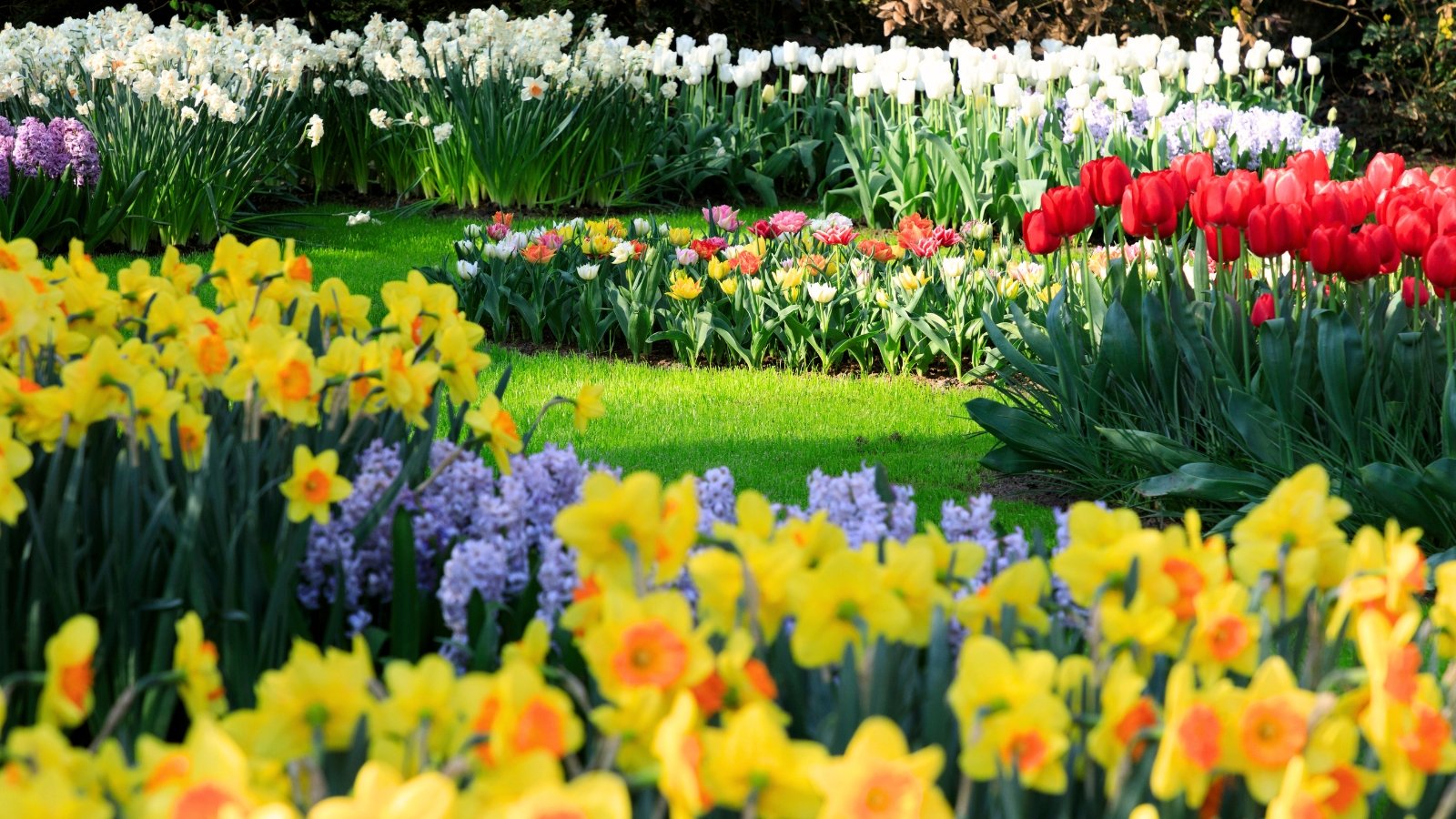
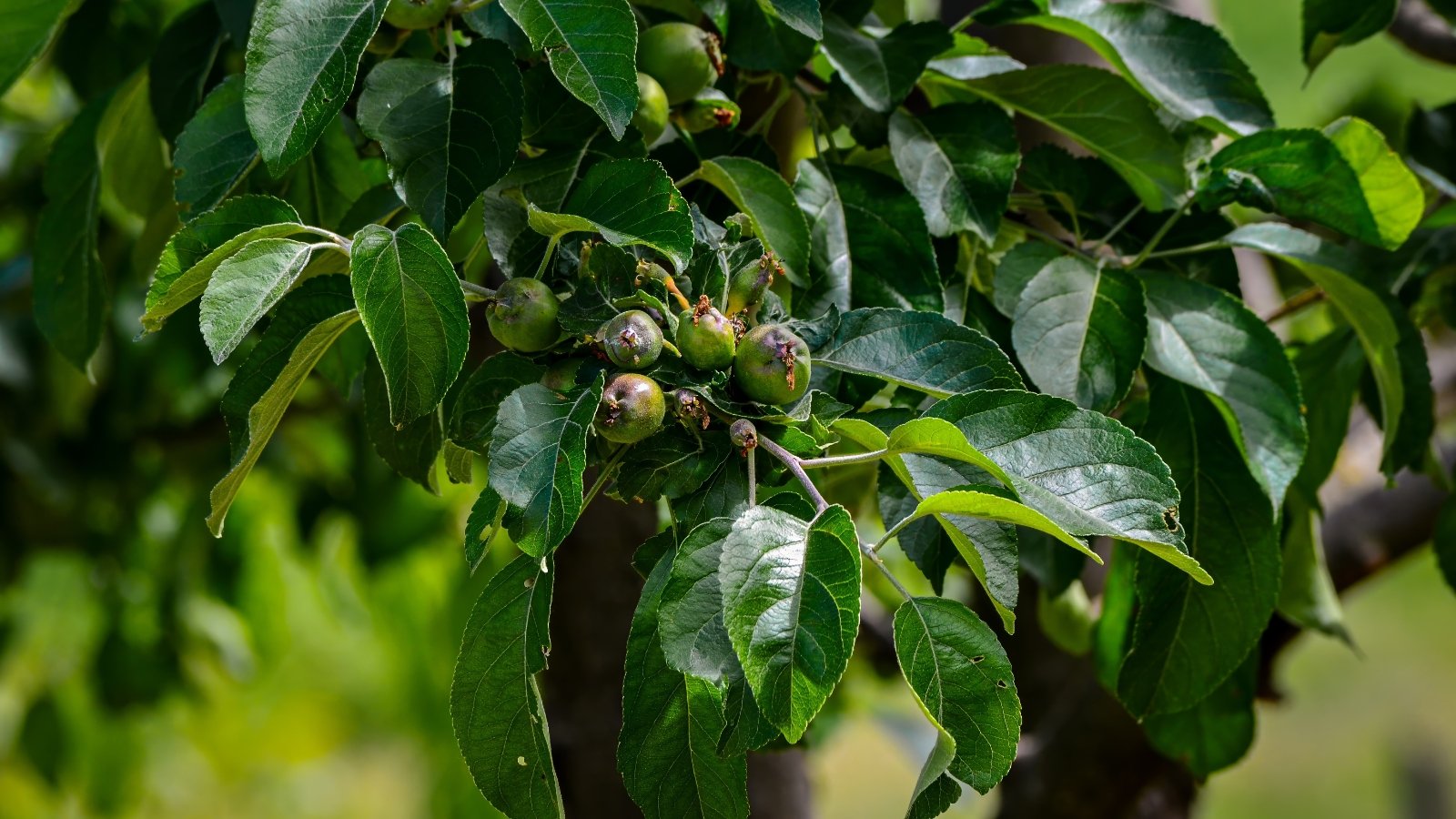
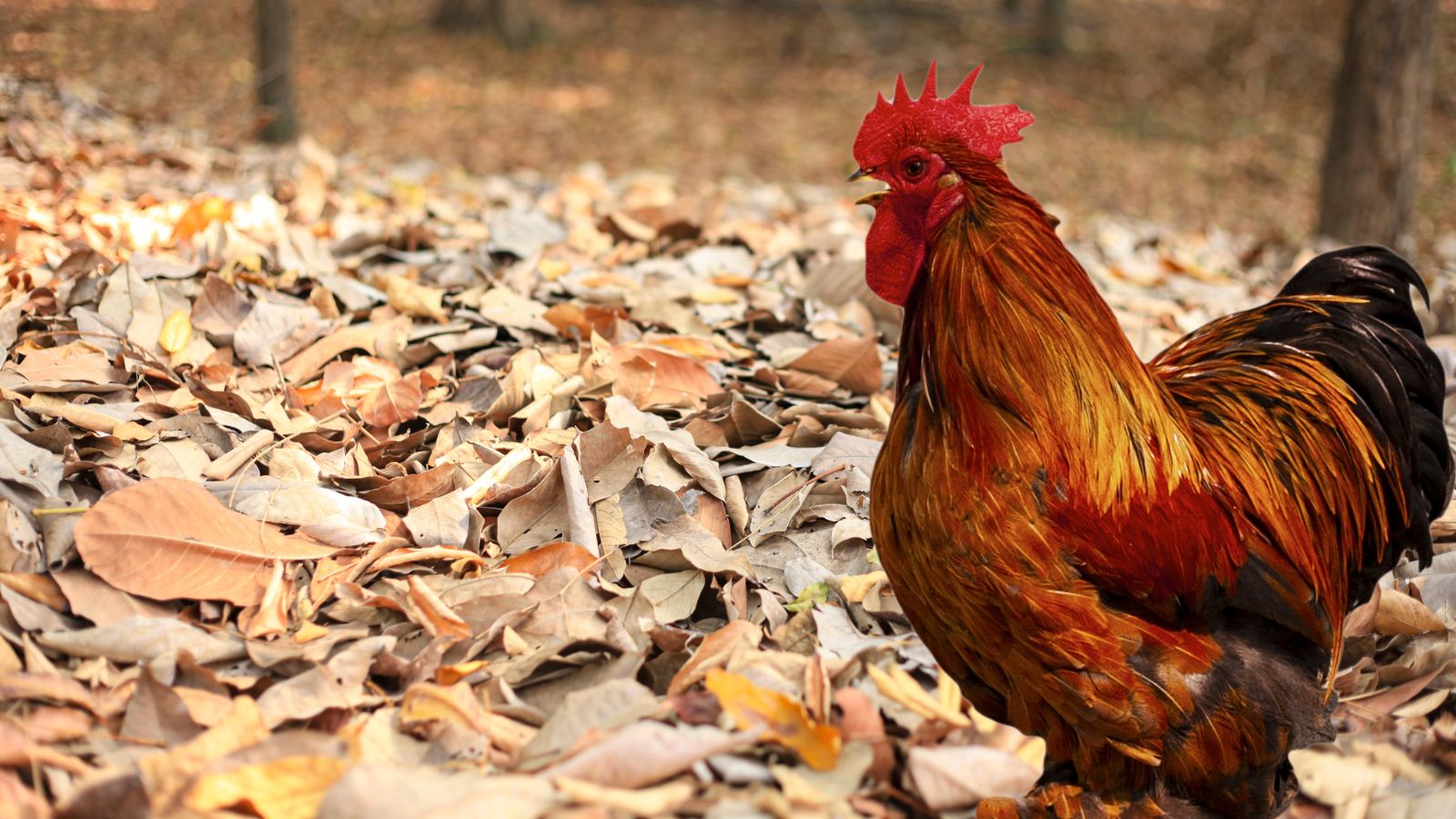

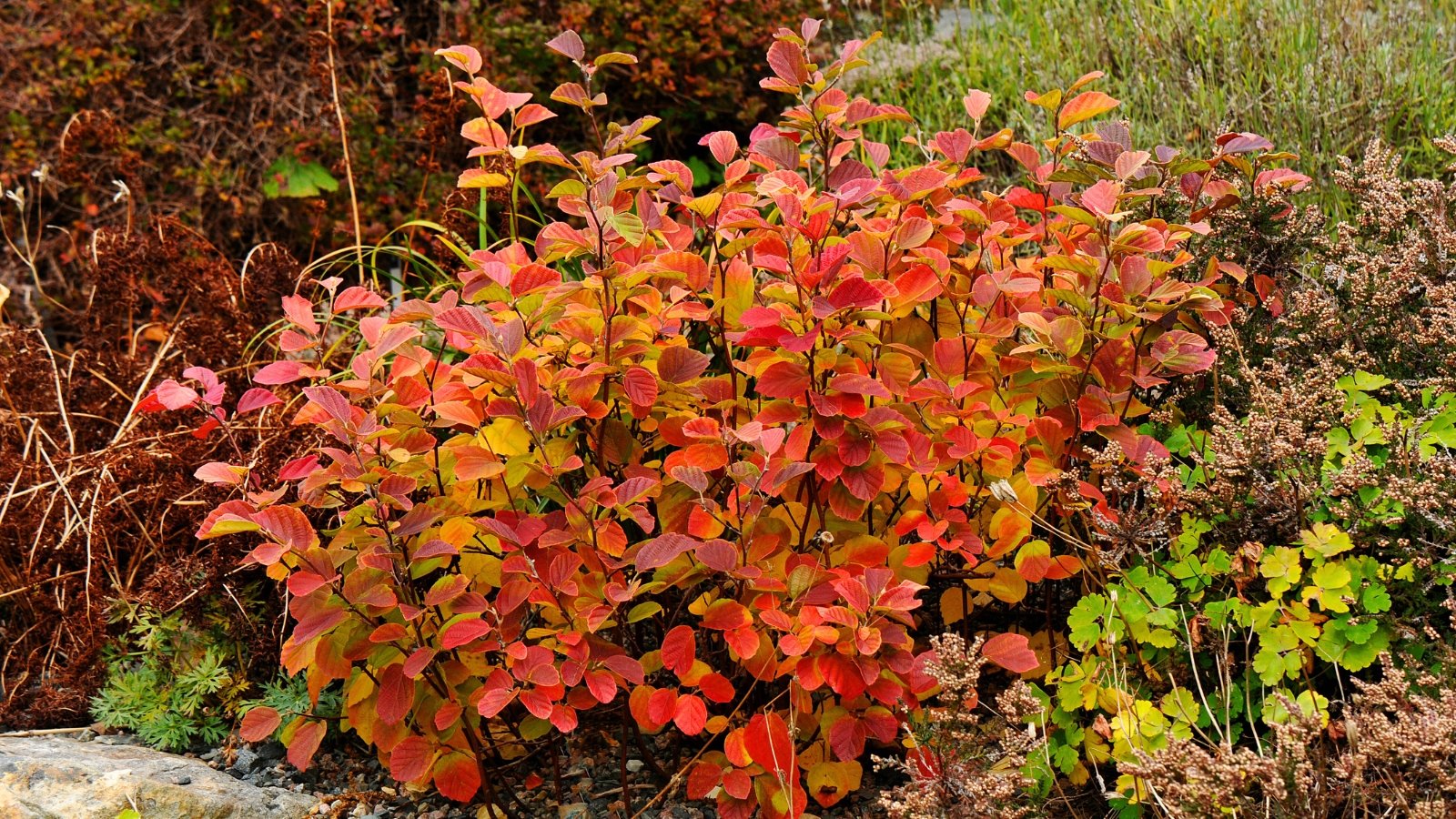
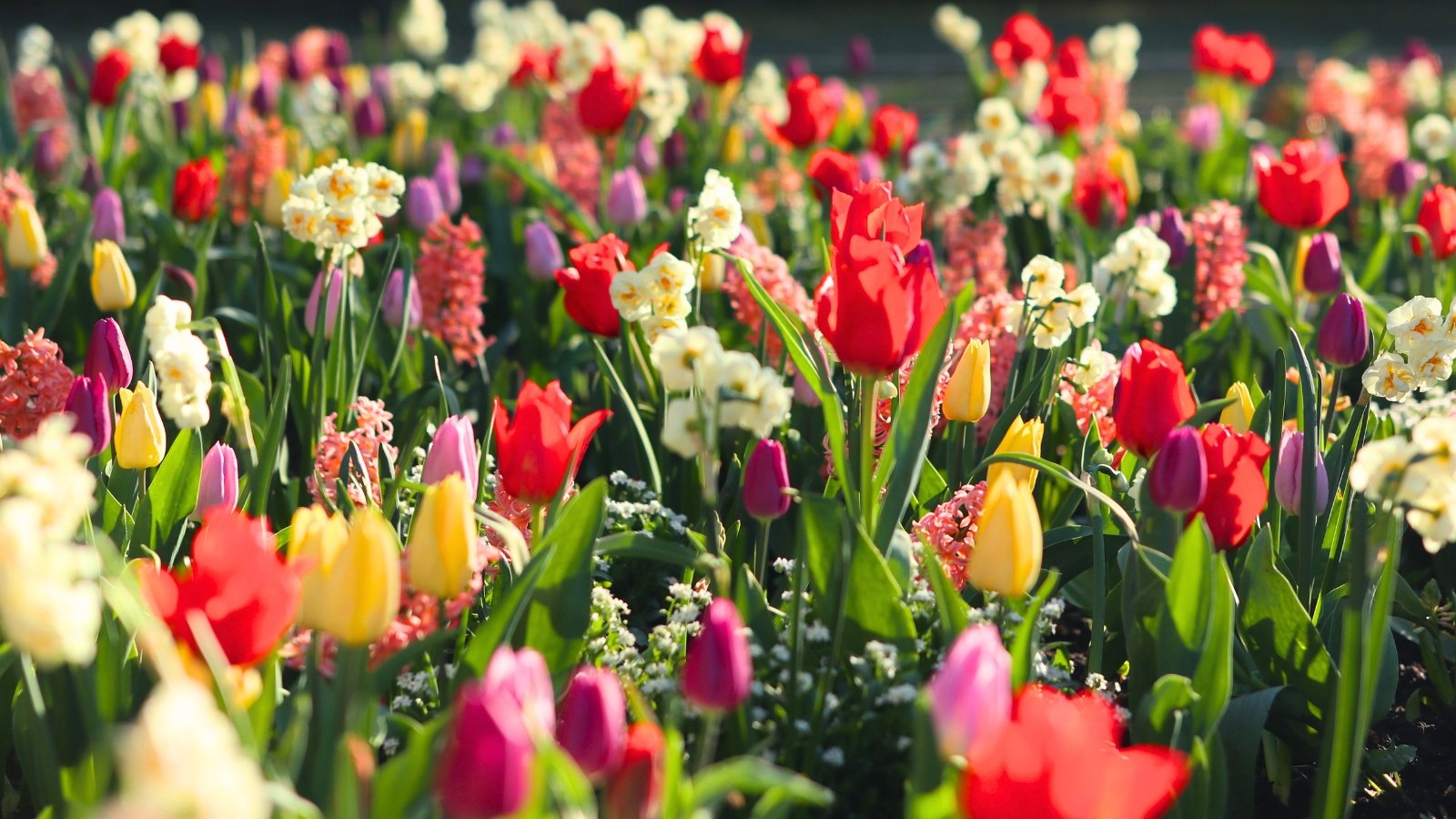














 English (US) ·
English (US) ·  French (CA) ·
French (CA) ·